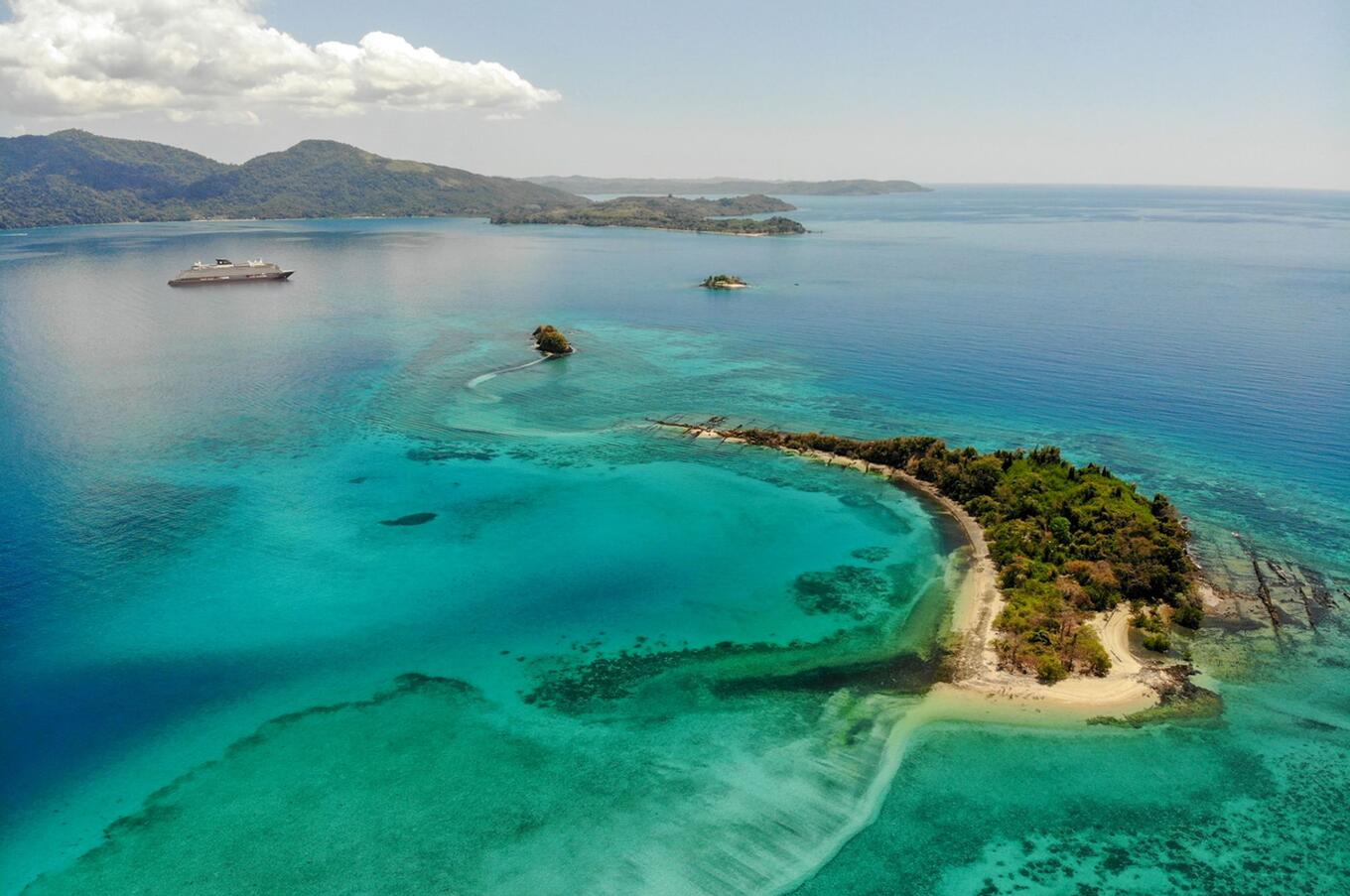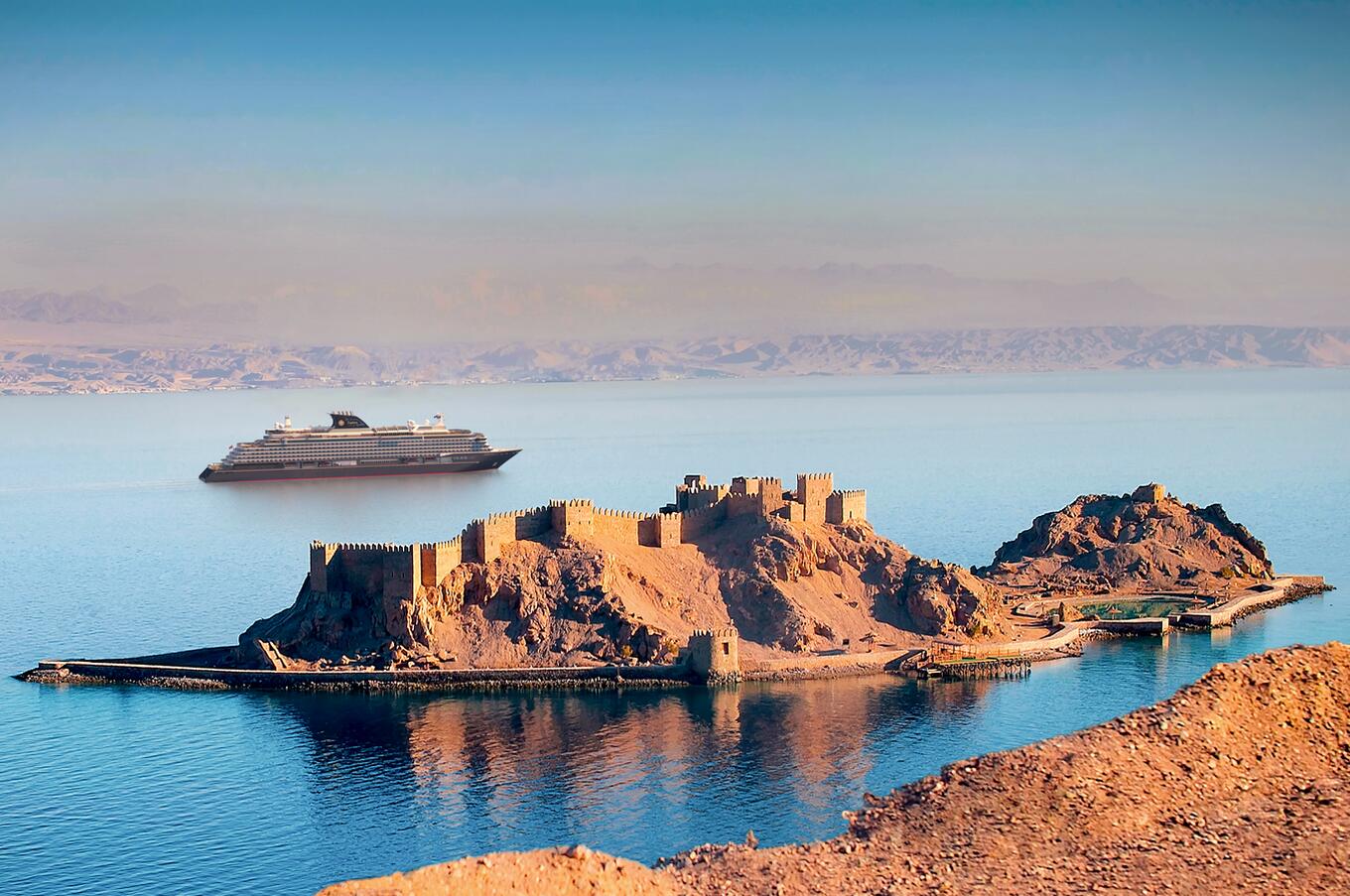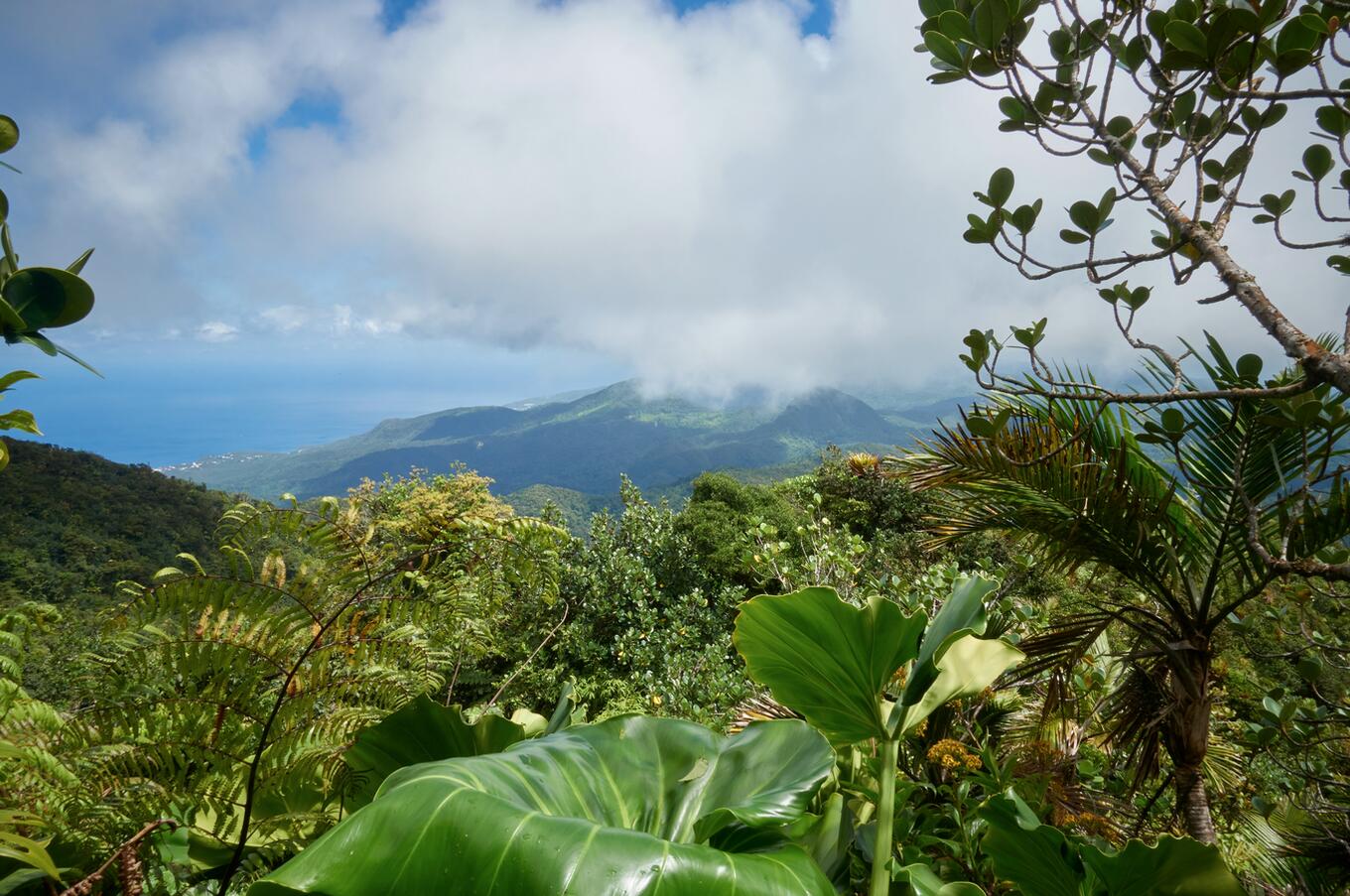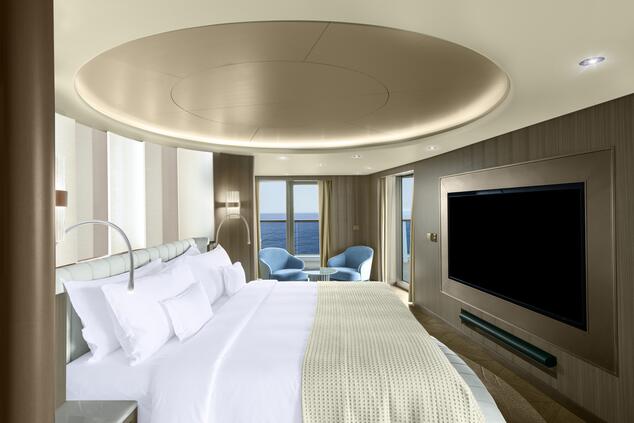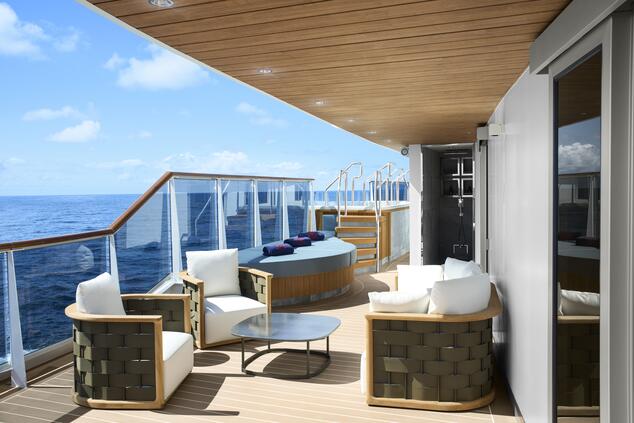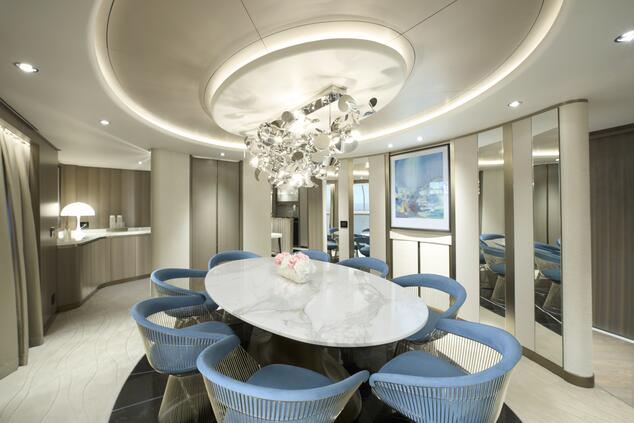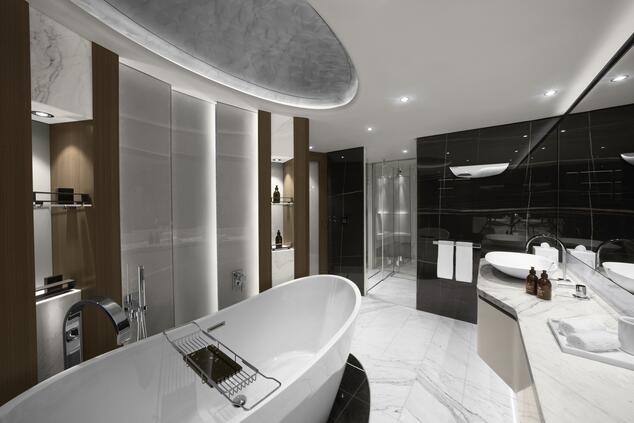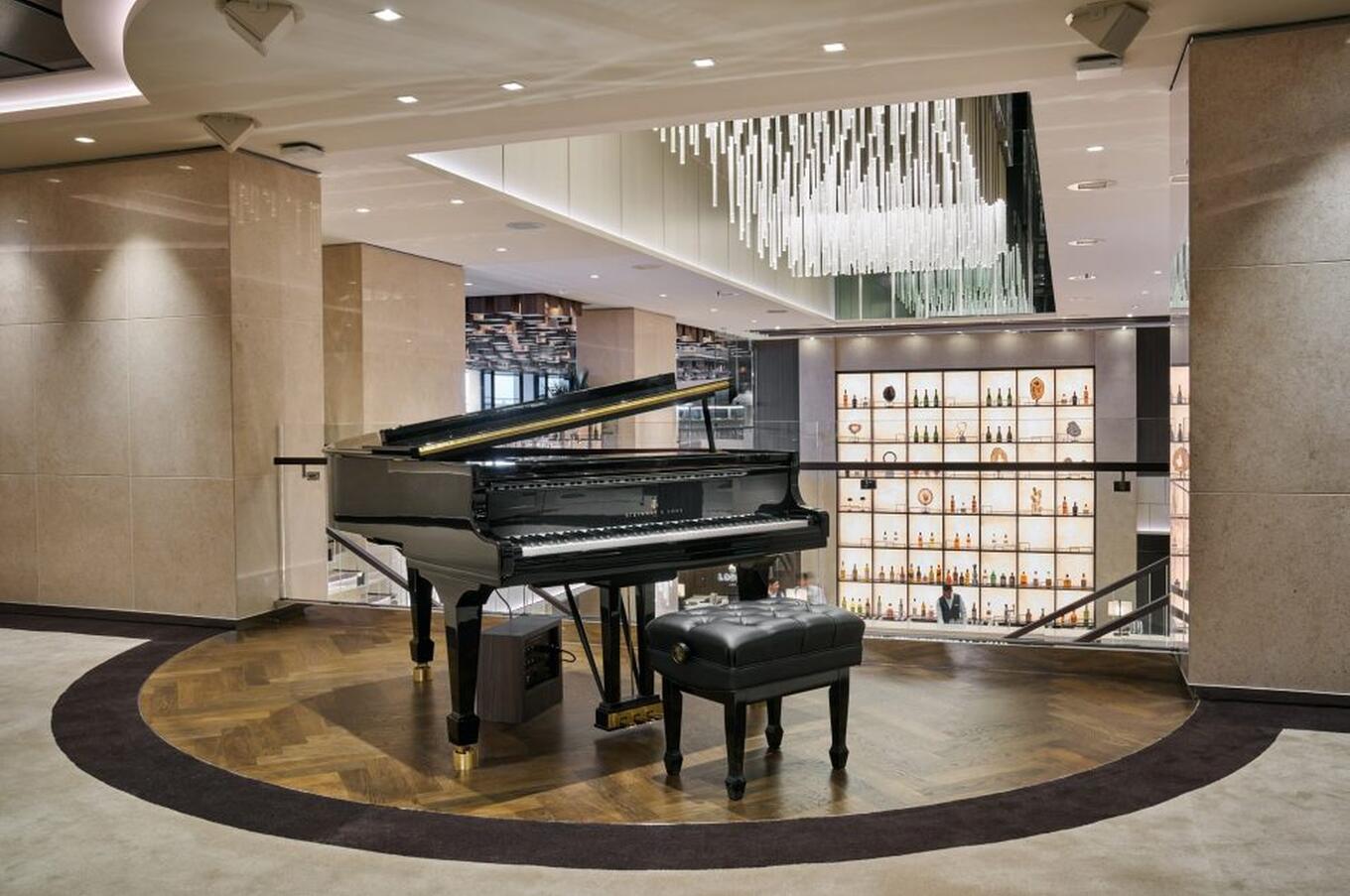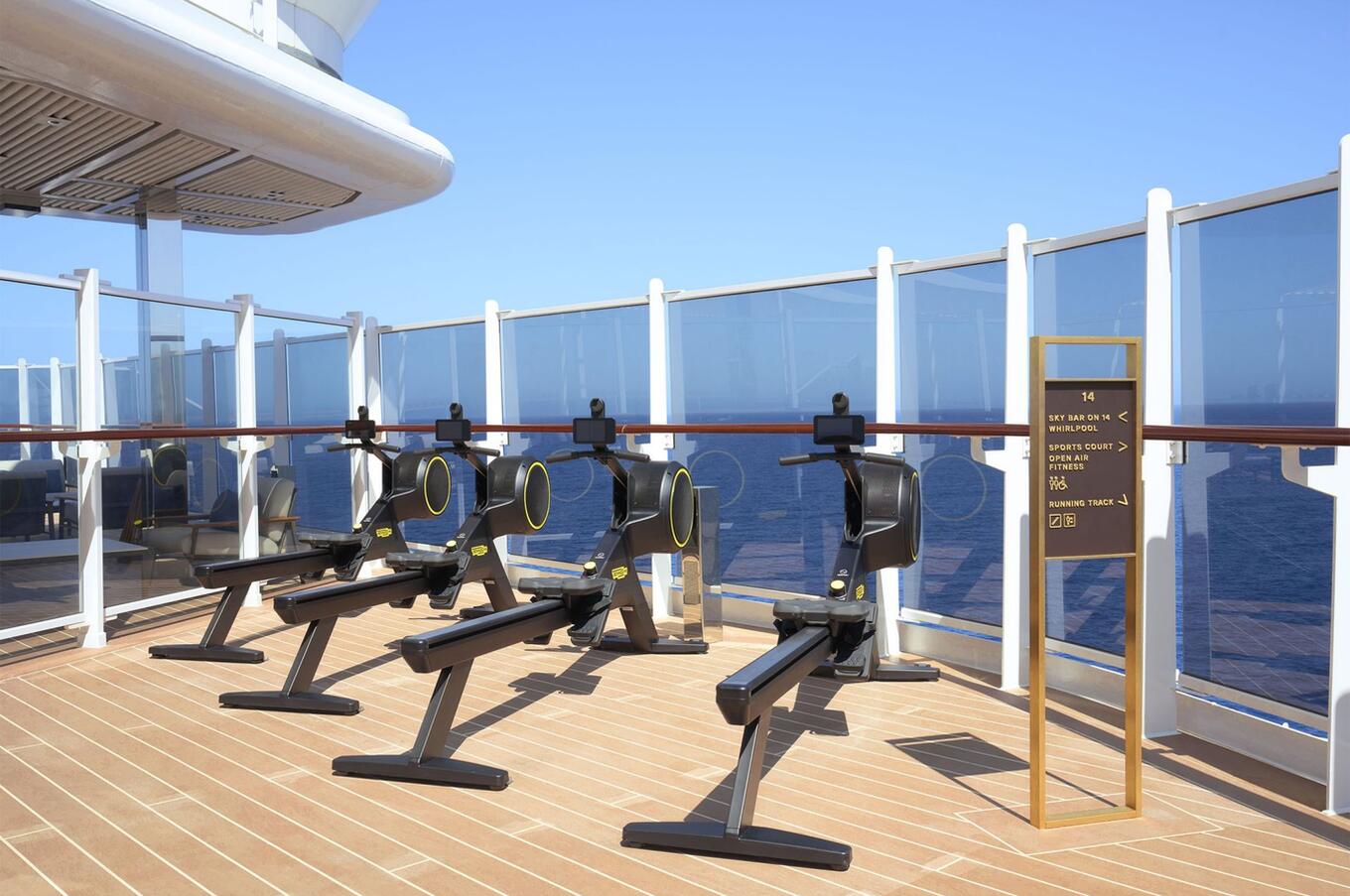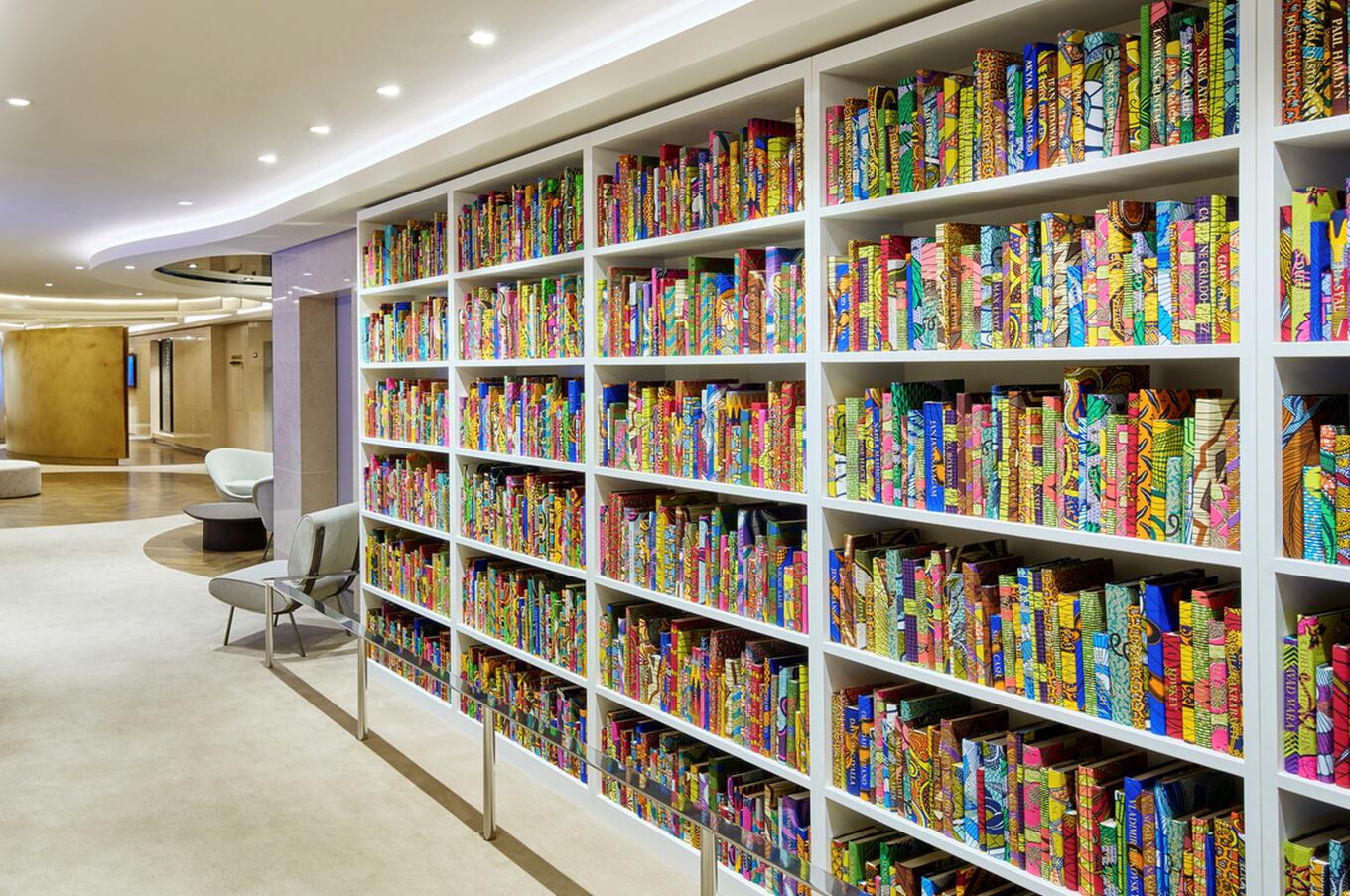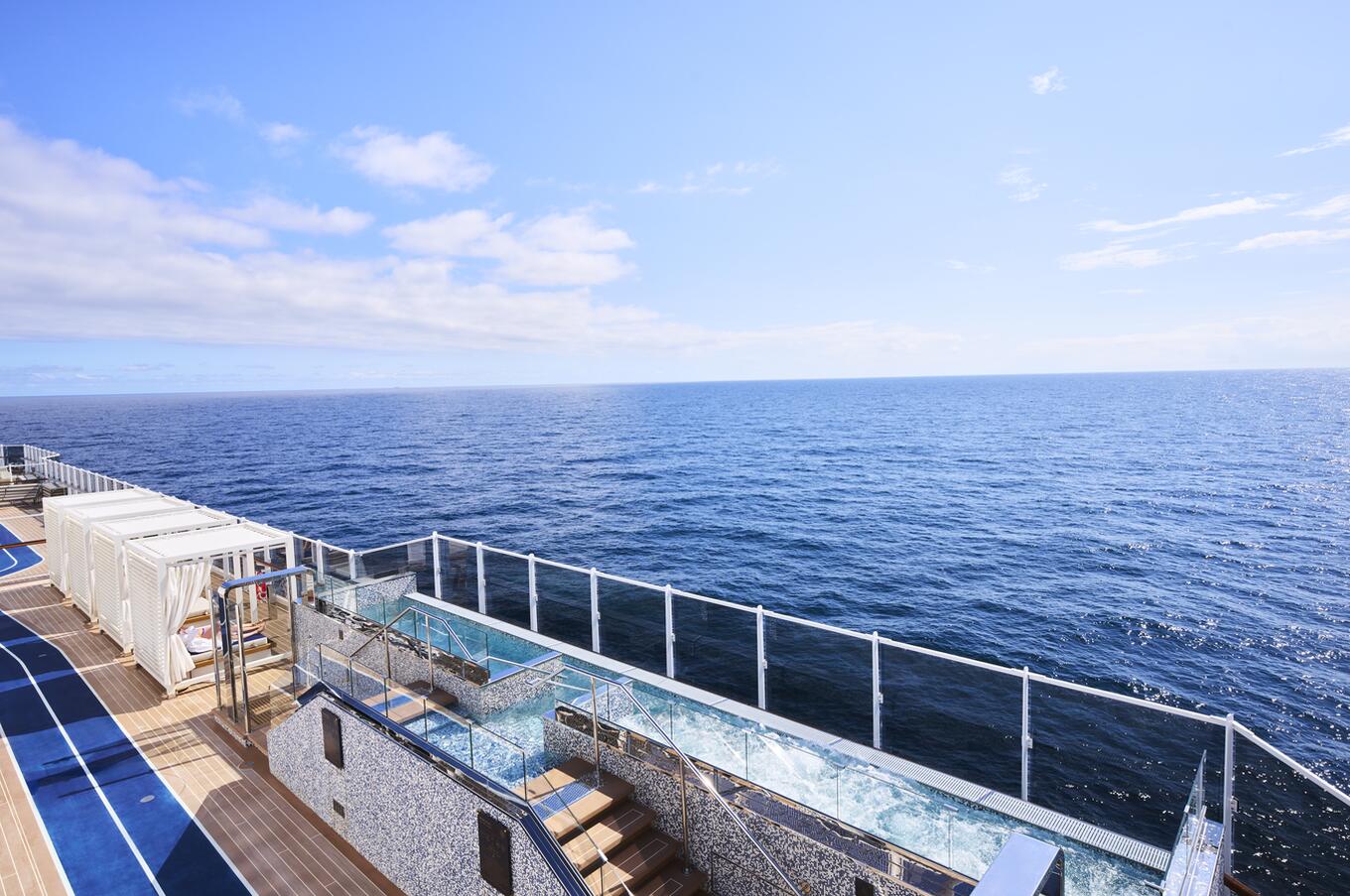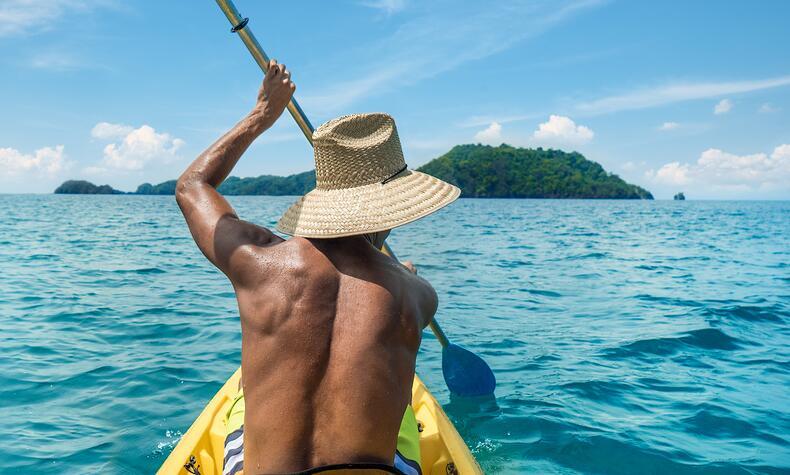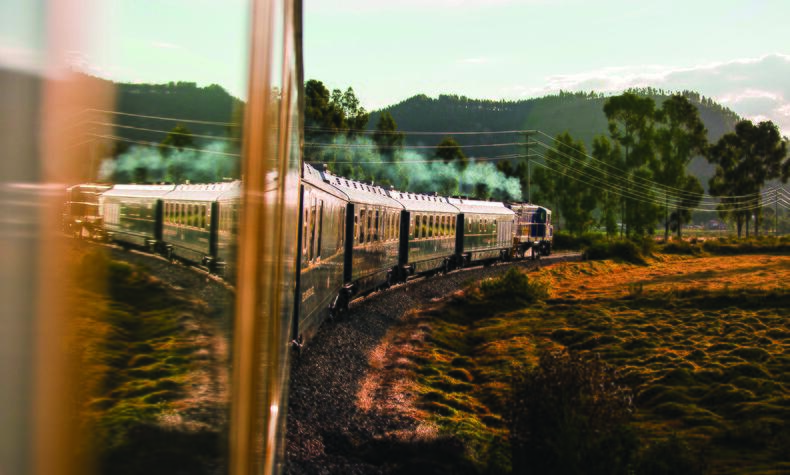From ocean liners to floating villas: the transformation of luxury cruise ships
In 1835, the English Shetland Journal published the first advertisement for cruise voyages to Scotland, Iceland, and the Faroe Islands. The company offering the service was called the Peninsular Steam Navigation Company, and at that time, the service was called 'passenger cruising'.
Over time, the size of the ships increased, and with it, the wooden hulls became increasingly fragile. With the introduction of iron and later steel, hulls and steam engines powered ships with huge propellers from 1845 onwards. This was a great innovation for its time that gave the industry a definitive push.
In 1845, Isambard Kingdom Brunel chartered the first ship with a double iron hull, the forerunner of propeller-driven Atlantic crossings. In 1857, he built the SS Great Eastern, which was for 40 years the largest ocean liner ever built. With a length of 212 meters, this ship had an astonishing capacity to embark up to 5,000 people.
In 1897, Germany began to dominate the booming Atlantic passenger market with the appearance of a series of new ships, starting with the SS Kaiser Wilhelm der Grosse of Norddeutscher Lloyd, belonging to the Kaiser class. This long-range liner boasted many innovations: it was very luxurious and fast, and succeeded in snatching the "Blue Riband" from the British.
The legend of the Blue Riband
At the heart of the golden age of ocean liners, the Blue Riband emerged as a symbol of pride and prestige in maritime navigation. This distinction rewarded the fastest ship to cross the Atlantic, both eastbound and westbound, and marked the technological and strategic supremacy of its time.
The first steam-powered cruise ship took place in 1833, but it was in the 1860s that the major shipping lines, eager for recognition, formalized this award as a tool of publicity and competition. Finally, in 1930, Sir Harold Keates Hales, a British visionary and shipowner, defined the official rules that turned the Blue Riband into a recognized competition.
More than just a medal, the Blue Riband symbolized the advancement, ambition and rivalry that drove the age of the great ocean liners.
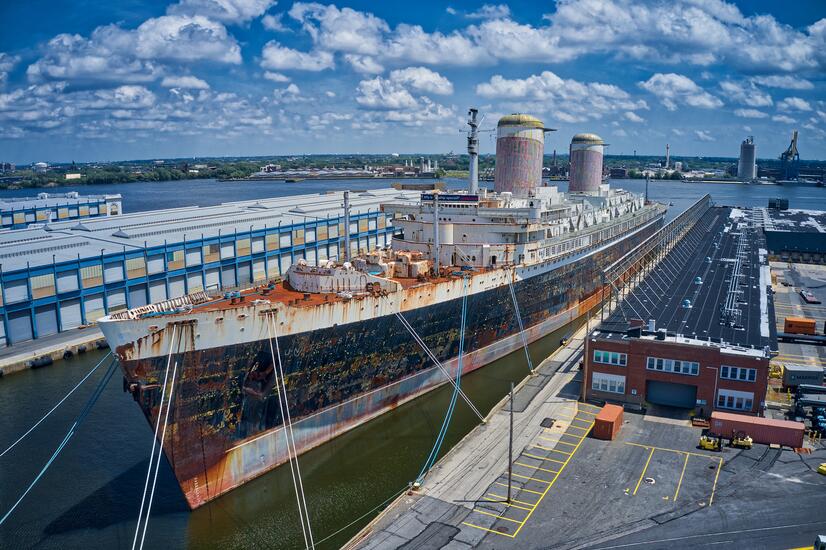
In 1909, construction of the RMS Titanic began, which promised to be the new symbol of luxury at sea. Its end is well known by all, for its tragedy but also for the glamour and etiquette that it maintained until the very last moment, as an expression of what sailing on one of these luxury cruise ships represented at that time.
The golden age of luxury cruise ships came after the Second World War. One of the first cruise ships was the Queen Elizabeth, which, with the Queen Mary and the RMS Queen Elizabeth II, was the best-known group of ships in the history of tourist navigation.
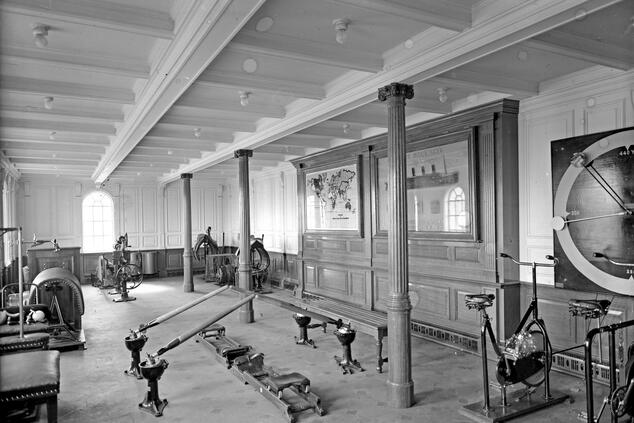
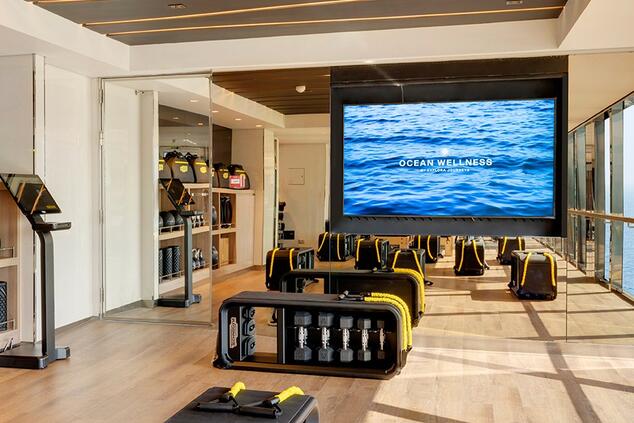
In the 21st century, luxury cruising is already looking to the past, somehow recapturing the sophistication and exclusivity that once represented exclusive luxury cruising, while offering unique experiences that reimagine the way the world is explored from the sea. It's back to small ships, far-flung destinations, and experiences designed in detail to captivate the most discerning travelers.
The exclusivity in today's cruises lies not only in the destination but in how each experience is personalized. Large ultra-luxury cruise lines have understood that the real privilege lies in making the cruise experience completely personalized. From arranging private dinners on a deserted beach to planning excursions with archaeologists at historic sites, every detail is designed to meet the interests of each passenger and make the journey unforgettable. Even on board, the possibilities are endless: some ships, such as Explora Journeys, feature Michelin-starred chefs, specially invited on board during a stopover to prepare local dishes, or sommeliers who select exclusive wines from the region being visited.
In a world increasingly conscious of its environmental footprint, the evolution of luxury cruising reflects a growing commitment to sustainability. New technologies play a central role, like the alternative fuel engines of the upcoming Explora III, which will run on liquified natural gas, significantly reducing emissions. Onboard, the shift continues with the use of sustainable construction materials, eliminating plastics and their derivatives entirely. Many of these vessels also invite passengers to become active participants in ecological initiatives, turning travel into a vehicle for awareness. Several ships proudly carry the “RINA Dolphin” certification, which ensures reduced underwater noise and a gentler impact on marine life.
Technology for preservation
How the new ships care for the environment:
Selective Catalytic Reduction System: This technology converts nitrogen oxides (NOx), responsible for air pollution, into harmless nitrogen and water, thus reducing emissions by more than 90%. RINA DOLPHIN Certification: A mark that guarantees the reduction of underwater noise. LED lighting and high-efficiency appliances. Advanced wastewater treatment (Baltic Standard). Ballast water treatment, essential to stabilize ships, which often carry invasive organisms between ecosystems. Shore-to-ship power. Advanced solid waste management. Antifouling paint: This innovation prevents the growth of marine organisms on the hull of ships, which improves fuel efficiency and reduces the transfer of invasive species between seas. Optimized hydrodynamic hull design. Trimming optimization software: This system continuously adjusts the boat's balance to maximize efficiency during sailing, saving fuel. Intelligent heating, ventilation, and air conditioning systems.

Another important aspect that differentiates these cruise ships is their size. Large vessels have given way to smaller yachts and ships, designed to offer a more personalized service and access ports where the giants of the sea can't reach. This means being able to explore hidden coves, disembark in smaller, more remote harbors, or enjoy the tranquility of a private anchorage in the middle of a bay. For example, an excursion to downtown Willemstad in Curaçao, a city that is hardly known that is also a UNESCO World Heritage Site. The ambiance on board is also more intimate, with fewer passengers, an attentive crew, and an atmosphere that invites you to relax and truly unwind.
- The size of some cabins can be of more than 280 square meters. —
- The design is unmistakable, with furnishings by Molteni and a sundeck that spans the full width of the yacht. —
- Private dining for up to eight people can be arranged within the suite. —
- Calacatta marble bathrooms are more typical of a large hotel rather than a ship.
Wellness is another growing trend. Nowadays, rather than amenities, people are looking for experiences that also take care of the body and mind. Many ultra-luxury cruises have integrated wellness programs that include high-end spas, yoga and meditation retreats, and activities designed to reconnect with oneself. On some Southeast Asian itineraries, for example, it's possible to participate in meditation sessions guided by local monks, while in Arctic waters, a floating sauna may be the perfect place to relax after a day exploring glaciers by kayak.
All of this converges with the growing trend of the “all-inclusive” model, taken here to its highest expression. This goes far beyond cocktails and dinners: it means a fully comprehensive service that includes private excursions, personalized butler attention, and every possible detail taken care of throughout the journey. The goal is simple: to ensure that every moment is flawless, so that the only thing left for you to do is enjoy.
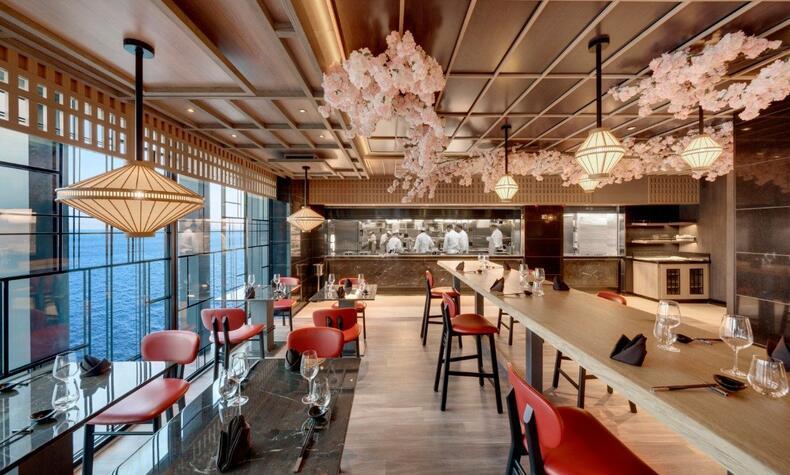
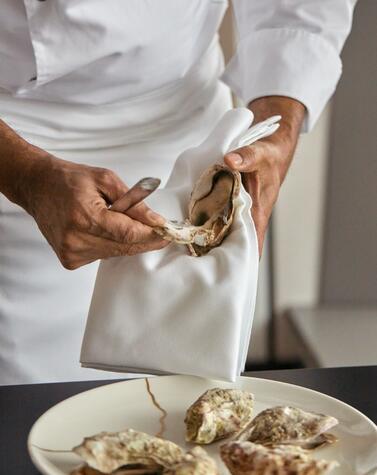
Last but not least, on these cruises, gastronomy is not merely a feature of the journey; it is an experience in its own right. Some itineraries include hands-on cooking workshops where travelers can learn to prepare local recipes using ingredients sourced from traditional markets. Others offer exclusive tastings prepared by guest chefs who come aboard to share the culinary secrets of the region.
In short, luxury and ultra-luxury cruises are no longer just a means of travel; they are an invitation to rediscover the world from an entirely new perspective. Rather than following predictable routes, these voyages encourage exploration of the unknown, immersion in diverse cultures, and the enjoyment of luxury in its most authentic form. Because in the end, what matters is not only reaching the destination, but savoring the journey, the discovery, and even a deeper understanding of yourself.

